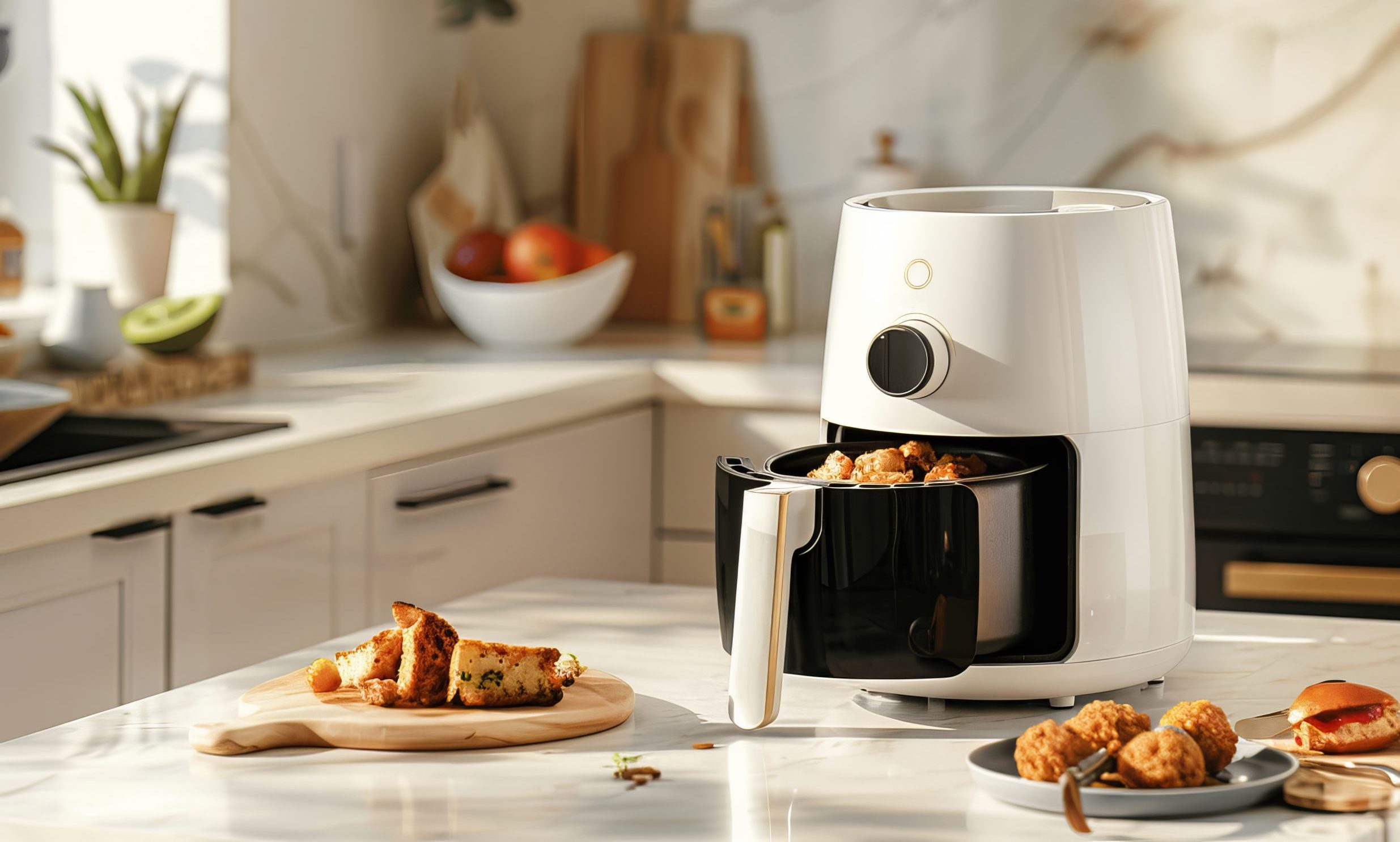The Home & Kitchen Appliances industry is the backbone of modern domestic life, providing the essential tools that power our households, simplify chores, and elevate our living standards. From the humble toaster to sophisticated smart refrigerators and high-efficiency washing machines, the sales and transaction landscape for these products is as diverse as the appliances themselves. Understanding the dynamics of this market is crucial for manufacturers, retailers, and consumers aiming for optimal functionality and value.
The Evolving Consumer: Beyond Basic Functionality
Today’s consumer purchasing home and kitchen appliances looks beyond basic utility. Their decisions are influenced by a blend of practical needs, lifestyle aspirations, and technological advancements:
- Smart Home Integration: A growing demand for appliances that connect to Wi-Fi, respond to voice commands, and integrate with smart home ecosystems (e.g., smart ovens, connected washing machines).
- Energy Efficiency: With rising utility costs and increased environmental awareness, appliances with high energy efficiency ratings (like Energy Star) are highly sought after.
- Design and Aesthetics: Appliances are no longer just functional; they are becoming part of home décor. Consumers seek sleek designs, specific finishes (e.g., stainless steel, matte black), and integrated looks.
- Durability and Reliability: Major appliance purchases are significant investments. Consumers prioritize brands known for their longevity, robust build quality, and strong warranty support.
- Convenience Features: Innovations that save time and effort, such as self-cleaning ovens, quick-wash cycles, hands-free operation, and specialized cooking functions, are strong selling points.
- Brand Reputation and Reviews: Due to the investment involved, buyers heavily rely on brand reputation, expert reviews, and especially peer reviews and testimonials before making a purchase.
Key Sales Channels and Transaction Models
The appliance market leverages a variety of channels to reach consumers, catering to different shopping preferences and needs:
1. Big-Box Retailers (Brick-and-Mortar & Online)
Large national chains specializing in electronics and home goods (e.g., Best Buy, Lowe’s, The Home Depot in the US; Currys PC World in the UK) are central to appliance sales.
- Showrooms: Allow customers to see, touch, and compare large appliances in person.
- Bundling & Packages: Often offer discounts for purchasing multiple appliances together (e.g., a kitchen suite).
- Installation & Delivery Services: Provide added value, handling the logistics of large, heavy items.
- Online Presence: Complement physical stores with extensive online catalogs, reviews, and delivery scheduling.
2. E-commerce Marketplaces
General online marketplaces (e.g., Amazon, eBay) and specialized appliance e-tailers offer convenience and often competitive pricing.
- Vast Selection: Provide access to a wider range of brands and models than many physical stores.
- Detailed Information: Comprehensive product specifications, user reviews, and Q&A sections.
- Price Comparison: Easy for consumers to compare prices across different sellers.
3. Manufacturer Direct-to-Consumer (D2C)
Some appliance brands are increasingly selling directly from their own websites.
- Brand Experience: Allows manufacturers to control the customer journey and branding message entirely.
- Exclusive Models: May offer exclusive models or colors not available through other retailers.
- Customer Support: Direct access to brand-specific customer service and warranty information.
4. Independent Appliance Stores
Local, specialized stores often provide personalized service, expert advice, and sometimes unique brands or models not found in big-box stores. They focus on customer relationships and specialized knowledge.
The Transaction Lifecycle: From Research to Post-Sale Service
The purchase of a home or kitchen appliance typically follows a thorough, multi-stage process:
1. Initial Research and Problem Identification
The journey often begins with a need (e.g., old refrigerator broke down, kitchen renovation) or a desire for an upgrade. Consumers conduct extensive online research, read reviews, compare features, and check energy ratings.
2. Comparison and Selection
This stage involves narrowing down choices based on brand, features, size, color, energy efficiency, and price. Many consumers visit physical stores to see items in person after initial online research, or vice-versa. Decision-making can be lengthy for major appliances.
3. Purchase Decision and Transaction
- Online: Adding to cart, selecting delivery/installation options, choosing payment method (credit card, financing, “buy now, pay later”), and receiving order confirmation.
- In-Store: Consulting with sales associates, negotiating prices (sometimes), arranging delivery and installation, and completing payment. Financing options are very common for large purchases.
4. Fulfillment, Delivery, and Installation
For large appliances, this is a critical stage. Customers expect professional delivery, often including removal of old appliances and expert installation of new ones. Clear communication regarding delivery windows is essential.
5. Post-Purchase Support and Warranty
- Customer Service: Handling inquiries about operation, troubleshooting, or maintenance.
- Warranty Claims: The ability to easily process warranty claims for repairs or replacements.
- Maintenance & Accessories: Offering guidance on cleaning, maintenance, and compatible accessories.
- Recycling Programs: Some retailers offer recycling for old appliances, aligning with sustainability trends.
Optimizing for Search Engines (SEO) in Appliance Sales
For businesses selling home and kitchen appliances, a robust Search Engine Optimization (SEO) strategy is vital for capturing market share.
- Keyword Research: Target high-intent keywords like “best smart refrigerator 2024,” “energy efficient washing machine,” “buy stainless steel oven,” “quiet dishwashers,” and specific brand/model numbers. Don’t forget long-tail keywords related to specific features or problems.
- Detailed Product Pages: Create comprehensive, unique product descriptions. Include full specifications, dimensions, energy ratings, key features, benefits, and high-quality images/videos.
- User Reviews and Ratings: Encourage customers to leave reviews. Positive reviews and high ratings are crucial for trust and Google’s ranking algorithms. Implement schema markup for star ratings.
- Content Marketing: Develop rich content like buying guides (“How to Choose the Right Dishwasher”), comparison articles (“Gas vs. Electric Ovens”), maintenance tips, and smart home integration guides. This answers customer questions and builds authority.
- Technical SEO: Ensure your website is fast, mobile-friendly, secure (HTTPS), and has a logical site structure. Optimize product images for quick loading and add descriptive alt text.
- Local SEO: For brick-and-mortar stores, optimize your Google My Business profile with accurate information, photos, and local reviews.
- Video Content: Create product demonstration videos, installation guides, and reviews for YouTube. Video is highly engaging and ranks well.
- Backlinks: Build high-quality backlinks from reputable home improvement blogs, tech review sites, and industry publications.
The Future of Home & Kitchen Appliance Transactions
The industry is constantly innovating. Future trends will likely include:
- Enhanced AI and IoT Integration: Appliances that learn user habits, anticipate needs, and offer proactive maintenance.
- Sustainability Focus: More emphasis on repairability, recyclability, and reduced environmental impact.
- Personalized Functionality: Appliances adapting more precisely to individual user preferences.
- Augmented Reality (AR) Shopping: Tools that allow consumers to virtually place appliances in their homes before purchase.
By understanding consumer needs, adapting to technological shifts, and maintaining a strong digital and physical presence, businesses in the Home & Kitchen Appliances sector can continue to thrive and empower modern living.







